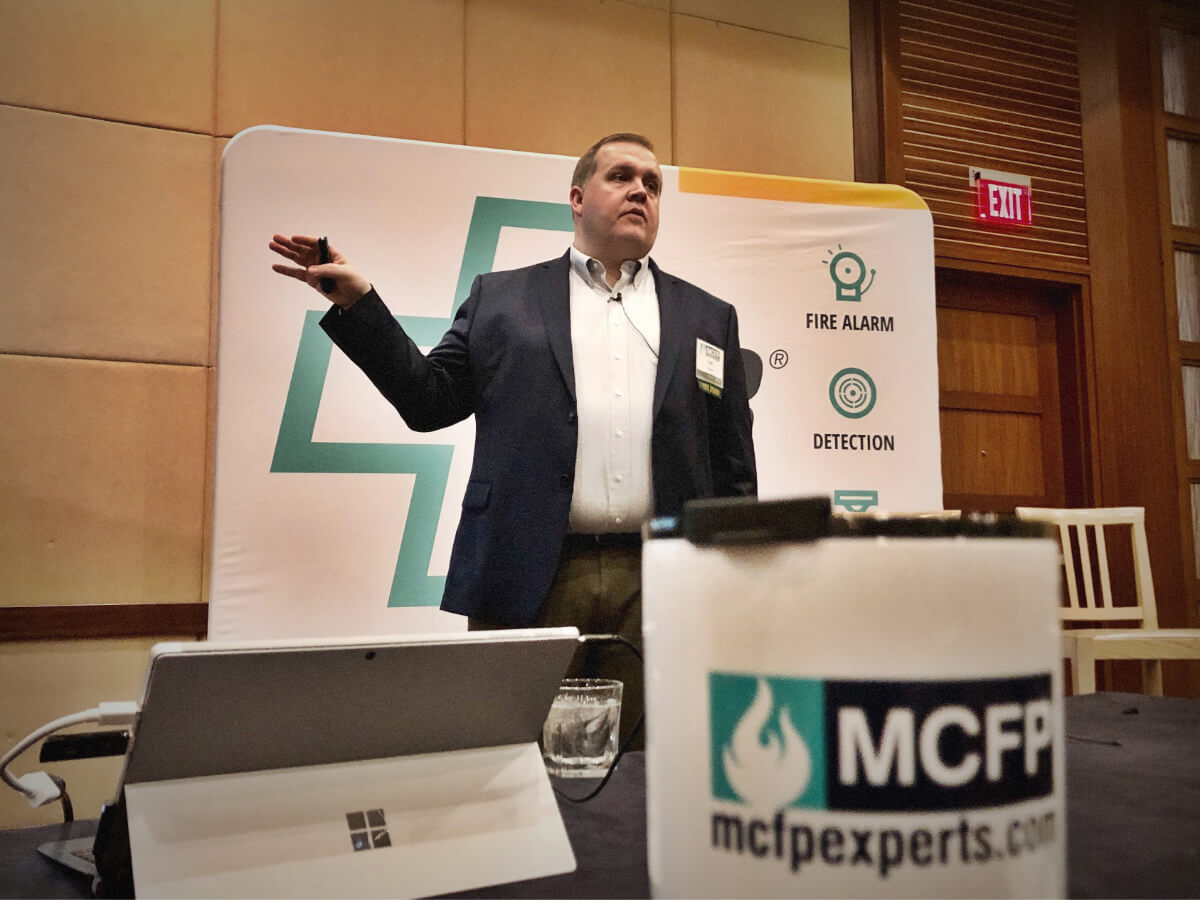Lithium Ion Batteries in Data Center UPS Systems Part 3 - NFPA 855 ventilation requirements for battery rooms and NFPA 69 explosion prevention systems
This video concludes the introduction of NFPA 855 Standard for the Installation of Stationary Energy Storage Systems by discussing the ventilation requirements for lithium ion battery rooms including NFPA 69 explosion prevention systems. [transcript available below]

Lithium IOn batteries in data center UPS Systems: Explosion prevention and Ventilation [Transcript]
NFPA and Room Ventilation
One of the most important things for an operating data center that has battery technology in it for ESS, and especially the newer battery types for lithium-ion, is battery room ventilation. There are two ways that the standard looks at battery room ventilation, normal ventilation and explosion ventilation. And so, for normal ventilation, we're kind of already used to this in the data center space because a lead acid batteries. Lead acid batteries when they charge, they ventilate. Sometimes they emit hydrogen. And so we've done things in a lot of operating data centers to have gas detectors and exhaust fans to help exhaust that hydrogen. So we don't achieve explosion or explosive atmosphere inside that room because of the hydrogen.
NFPA 55 and 69 - Explosion Prevention
So now for the newer technologies, like lithium-ion, they don't actually emit any gases under normal charging and discharging. So we don't necessarily need the hydrogen detectors that we had for our lead acid installations. But they do when the battery cells fail, they give off toxic inflammable vapors that when you build up enough concentration, can cause an explosion. And, frankly, they can get to that explosive point much earlier. It takes a lot less time to have an explosion with a lithium-ion ESS installation than with other technologies. And so, NFPA 55 guides us to follow NFPA 69 for explosion prevention systems or deflagration venting per NFPA 68. Deflagration venting basically means we know an explosion could happen, and if it does happen, we're going to try to successfully vent the explosion to the outdoors. I'm going to make the recommendation that all data centers follow the other path of explosion prevention and follow NFPA 69.
NFPA 69 - Ventilation and Exhaust
Now, there's a lot to know about NFPA 69, but in general, it's going to require gas detectors and a high rate of exhaust to help exhaust the battery gases faster than they can be created by thermal runaway and cascading failure of multiple cells batteries. And we want to try to avoid an explosion in our data centers. That's not good for any data center operator. And so between upgrades to fire suppression, upgrades to protection and separation of the room with firewalls and, ventilation, installation of these newer battery battery technologies inside of our data centers, shouldn't be taken lightly and the fire protection shouldn't be ignored. That brings me to the end of our webinar today. We've covered a lot of ground. And so, we always have a way to ask us questions through our website and through other features of our webinars. So if you've got some questions from today's material, please reach out to us at orrprotection.com or through the live Q&A that's part of this webinar. Again, thanks a lot for getting an update on fire protection in data centers. And we'll see you at our next MCFP event.
Our next webinar series is coming soon! Get updates on our upcoming Data Center webinar.






